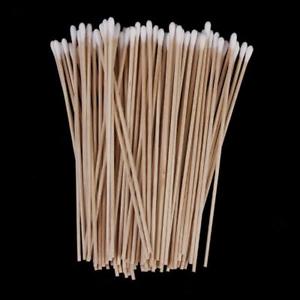Removing PVC damage
Last night I did a post on PVC damage to coins and how to detect it. If you did not read that post i put the link below, check it out. So here is the proper way to remove PVC damage from coins without do more damage. If you have any questions after reading this post please comment and i will answer them.
https://steemit.com/steemsilvergold/@silverd510/PVCdamage
PVC damage is caused by storing coins in old style soft plastic flips that contain polyvinyl chloride (PVC.) PVC most commonly manifests as a light-to-dark greenish residue, although it can appear as milky or light gray in color. It has a distinctive "plastic" odor which can range from subtle to strong. I recommend treating coins for PVC residue whenever you can smell PVC on them, even if you don't see the greenish residue yet, because if the coin has a plastic stink, the PVC breakdown process has begun.
Put on latex or nitrile gloves and eye protection. Make sure you have good ventilation, and avoid using the kitchen or any area where an open flame is present. Acetone is a powerful chemical that is extremely flammable. Although acetone doesn't burn the skin (it is a key ingredient in some nail polish removers,) you should avoid unnecessary contact.
Pour a very small amount of acetone into the container. (Don't use plastic because acetone will melt it.) You only need about 1/4 to 1/2 ounce if you use a small drinking glass, or a glass bowl.
You need only enough to cover the coin by about 1/4 inch.
Gently place the coin with PVC residue into the dish, and swirl the acetone around for about 30 seconds. If both sides of the coin are affected, turn it over and swirl the other side.
Remove the coin and let it air dry. If the PVC residue is still present, follow the following this step. If the coin is clean, proceed to your next coin, and when finished dispose of the acetone by pouring it into a resealable jar. Never pour acetone down a drain, or let more than a very small amount evaporate. Acetone is considered hazardous and must be handled appropriately.
If the coin still needs further cleaning after swirling (and in my experience, most do), take a cotton swab (such as a Q-Tip) and dip it into the acetone. (Don't use cotton swabs with plastic sticks!) Then, using a firm and steady hand, roll the swab across the coin's surface on the PVC-infected areas, taking care not to use any sort of rubbing or abrasive maneuver. If the coin has a lot of PVC residue, you should replace the swab every few "rolls." Keep rolling, using new swabs as needed, until the coin appears clean, and then swirl it again to finish.
Once you have removed all of the PVC residue rinse the coin with distilled water and let it air dry. Do not use tap water as there are minerals and impurities that may cause spotting on the coin.
If you like the content please upvote, resteem, comment and follow.....



